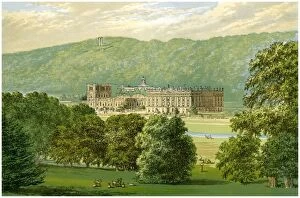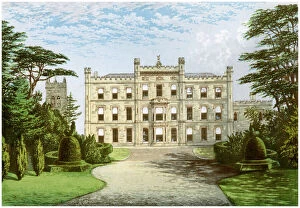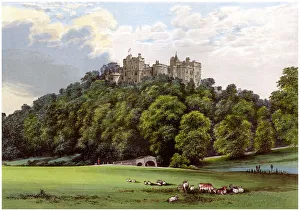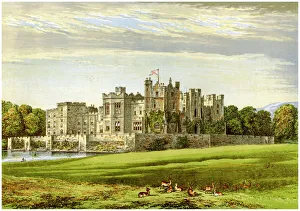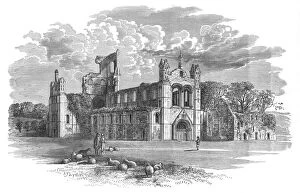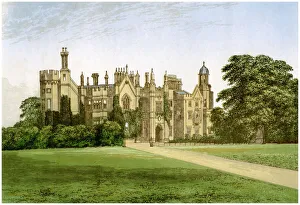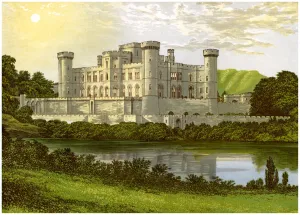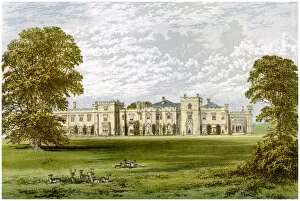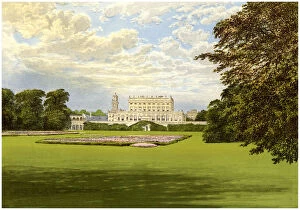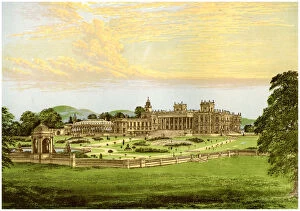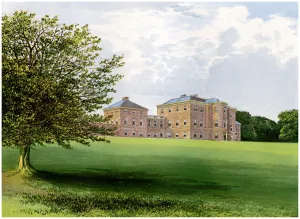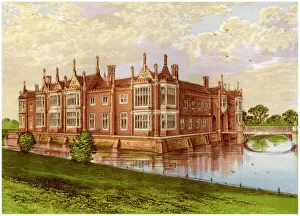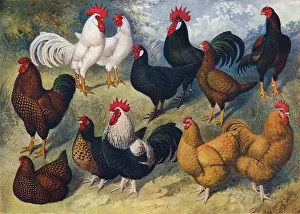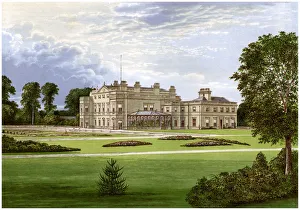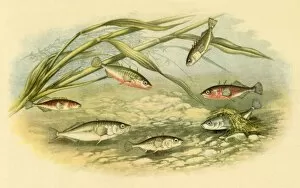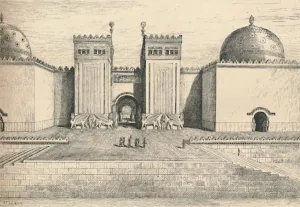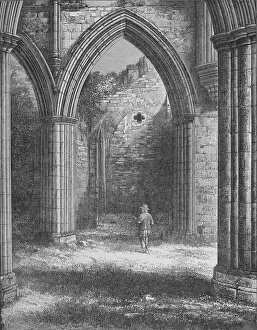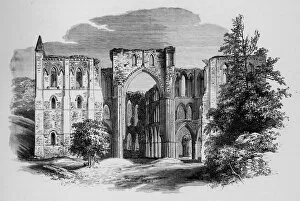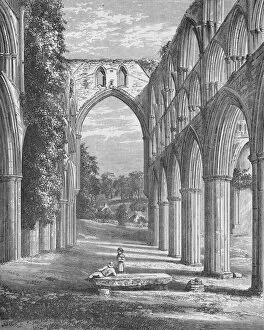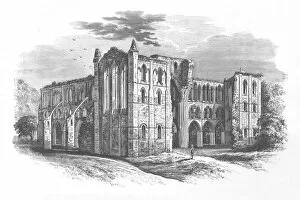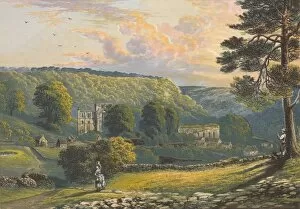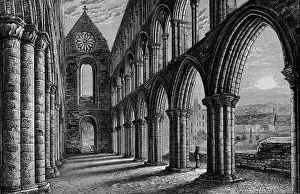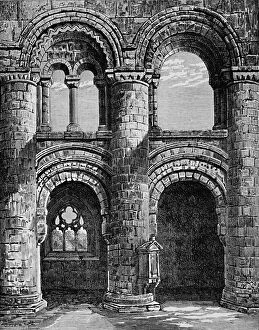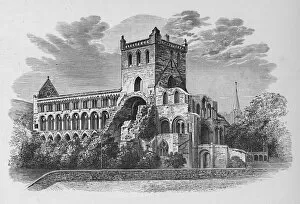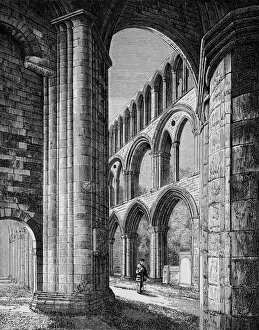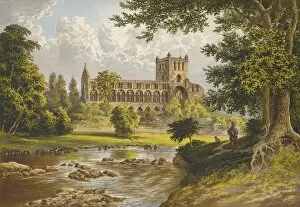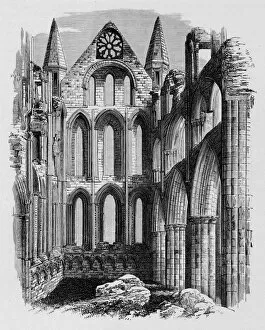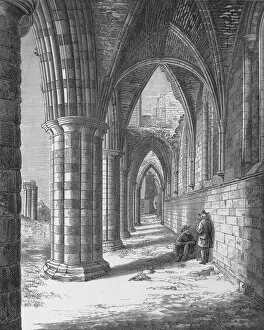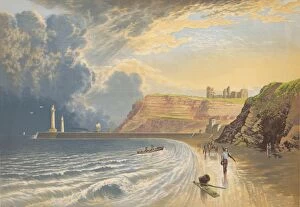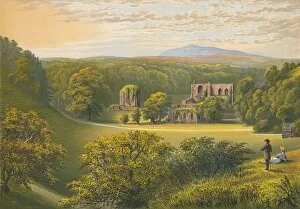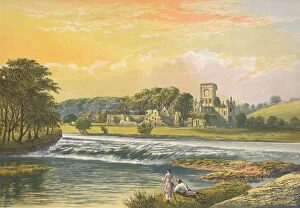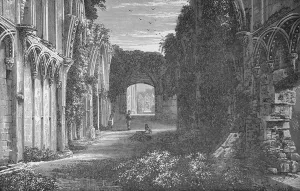Af Lydon Collection
Step into the opulent world of 'af lydon' - a glimpse into the grandeur of British aristocracy in the late 19th century
All Professionally Made to Order for Quick Shipping
Step into the opulent world of 'af lydon' - a glimpse into the grandeur of British aristocracy in the late 19th century. From Chatsworth House, Derbyshire, home to the esteemed Duke of Devonshire, to Dunster Castle in Somerset, belonging to the Fownes-Luttrell family; these magnificent estates were symbols of wealth and power. Elvaston Castle in Derbyshire stood proudly as the residence of the Earl of Harrington, while Raby Castle in County Durham was a testament to the grand lifestyle enjoyed by the Duke of Cleveland. The exquisite beauty captured by Alexander Francis Lydon's artwork transports us back to this era. Kirkstall Abbey emerges from its tranquil surroundings with an enchanting allure, showcasing architectural marvels that have stood for centuries. Danbury Palace in Essex served as a sanctuary for the Bishop of Rochester, offering respite amidst its regal splendor. Sezincote in Gloucestershire mesmerizes with its Indian-inspired architecture and picturesque gardens. Eastnor Castle stands majestically atop Herefordshire's landscape as Earl Somers' cherished abode. Witley Court enchants visitors with its awe-inspiring ruins nestled within Worcestershire's countryside. Mersham-le-Hatch exudes elegance as Baronet Knatchbull's stately Kentish residence. Helmingham Hall captivates all who lay eyes upon it – Baron Tollemache's Suffolk haven is surrounded by breathtaking gardens and landscapes that inspire wonderment. Lastly, Castle Coole reigns supreme over Enniskillen in County Fermanagh – a true masterpiece befittingly owned by the Earl of Belmore. These remarkable homes are not merely structures but windows into history; they tell tales woven through generations and reflect an era when nobility shaped society. Explore 'af lydon, ' where artistry brings these timeless treasures back to life.

